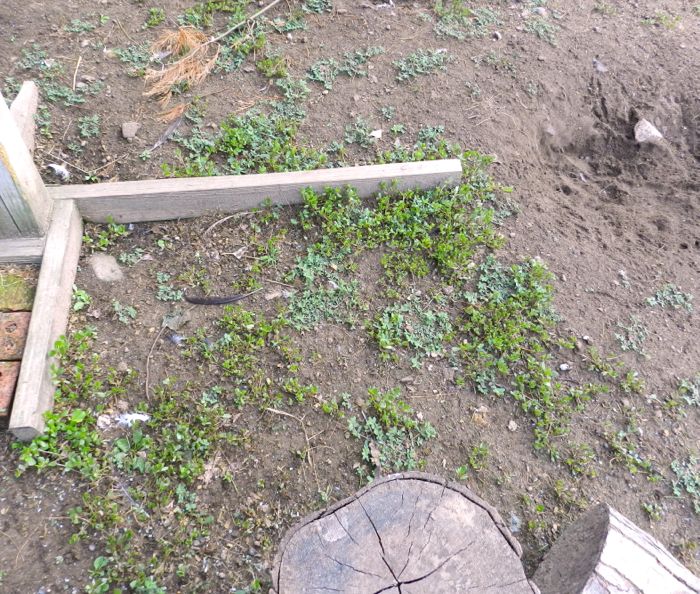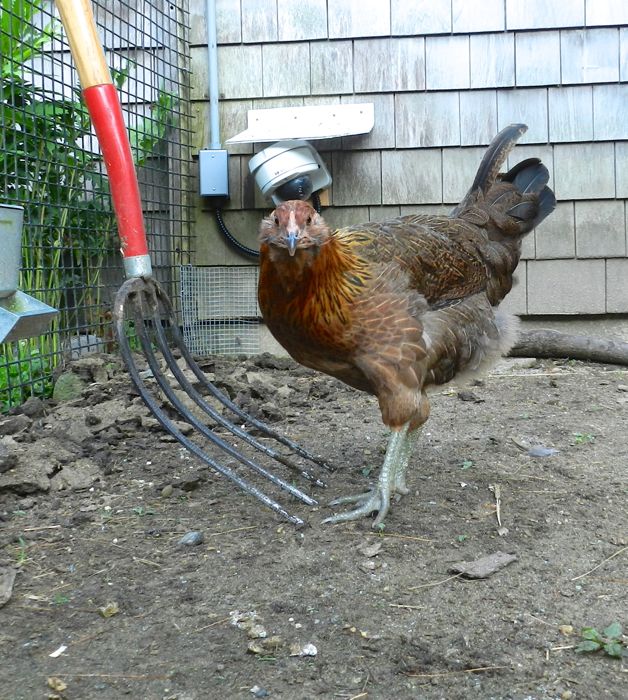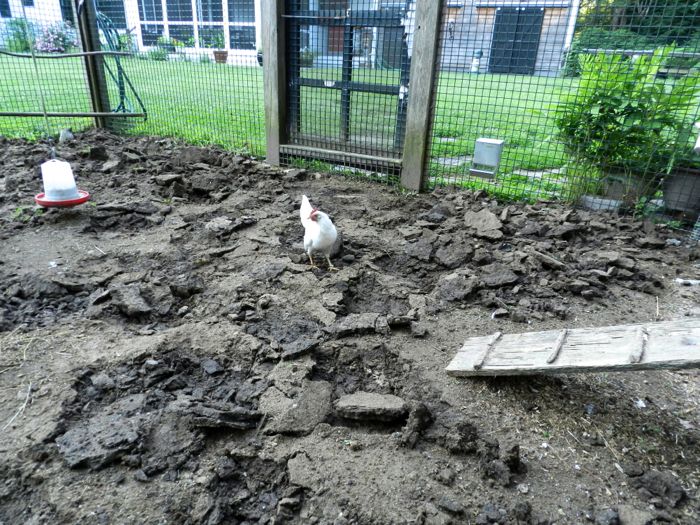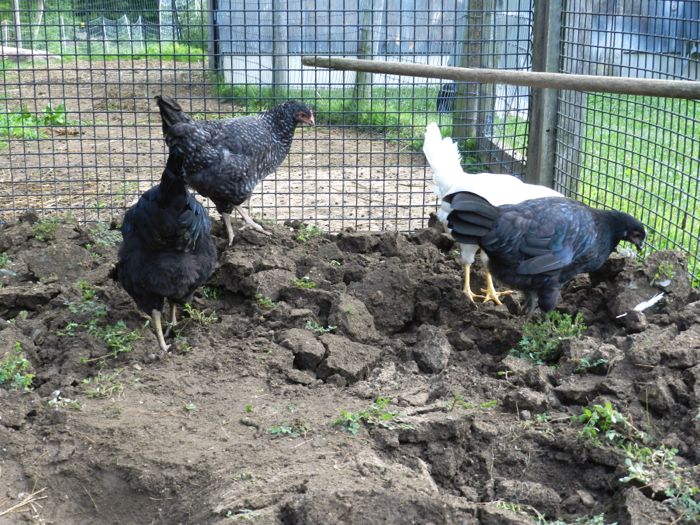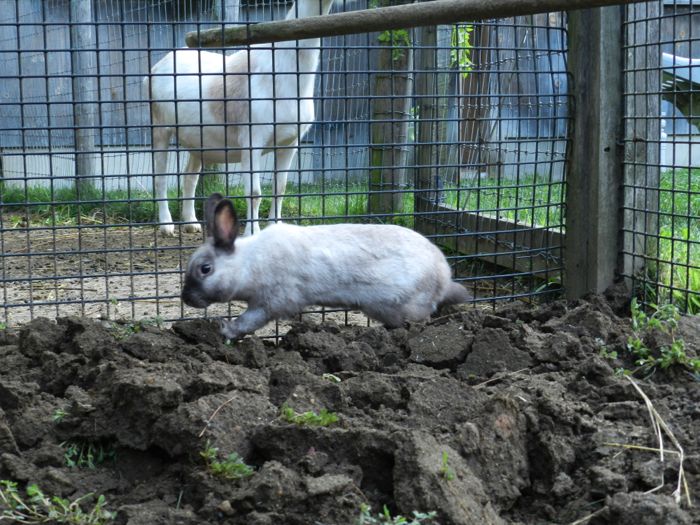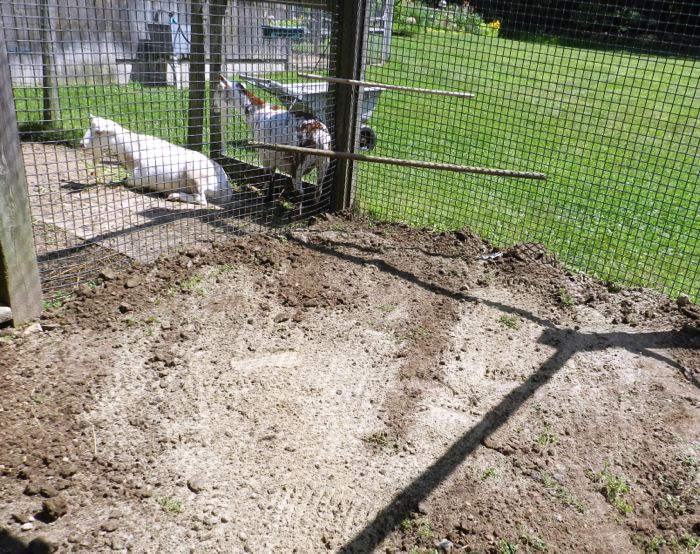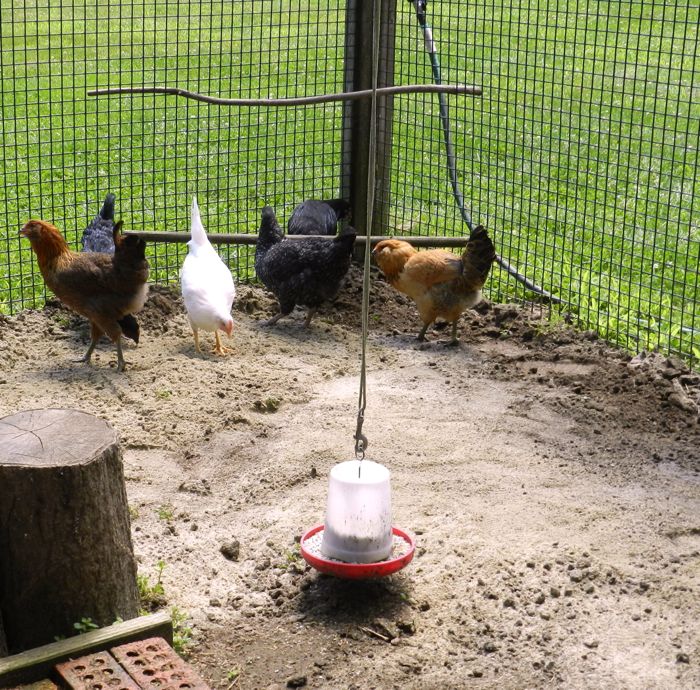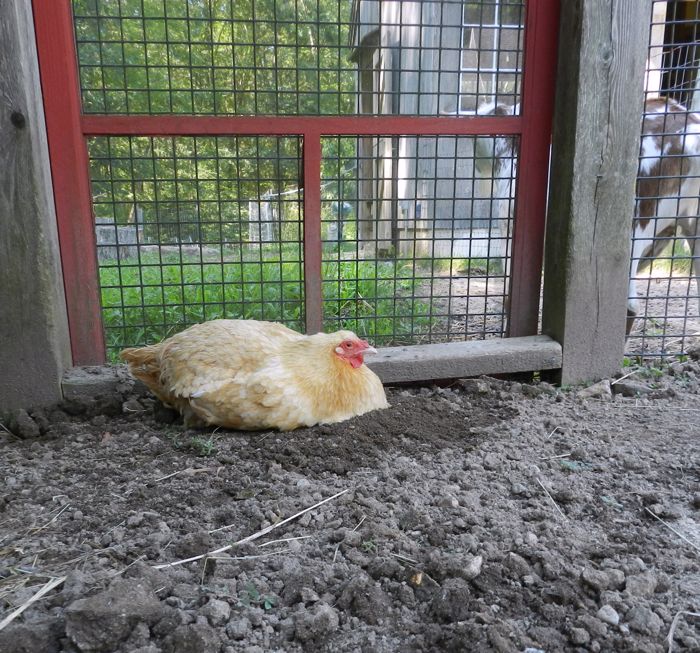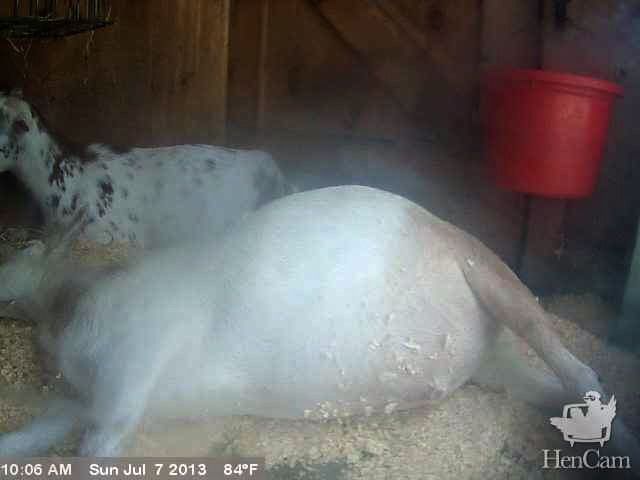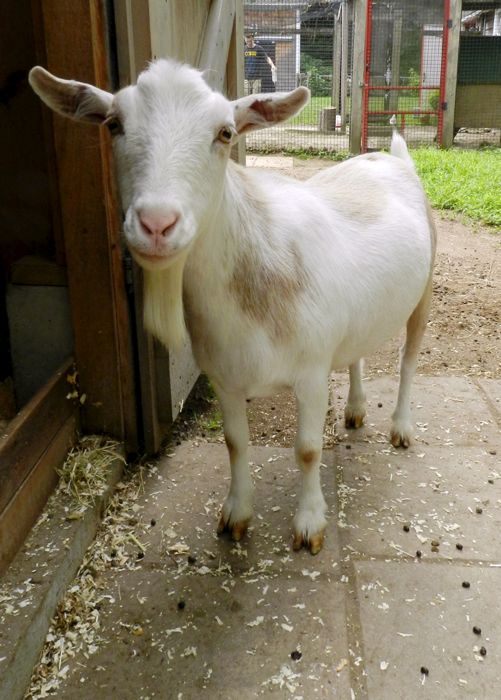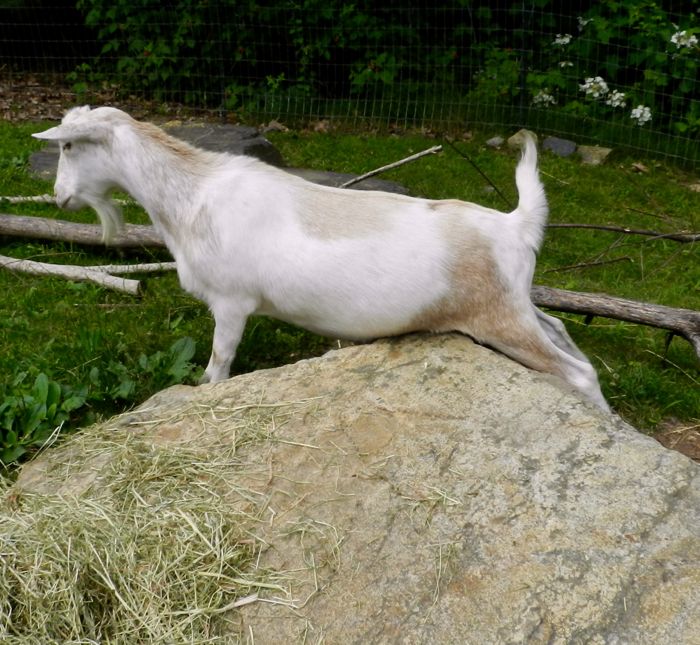In the summer of 2010, 380,000,000 eggs were recalled due to a salmonella outbreak directly caused by the consumption of eggs from factory farms. Obviously, this has raised concern about the risks of eating eggs. Rest assured that if you keep chickens in a healthy, humane environment, (or buy eggs from such farms) that the risk of disease is miniscule. There are reasons for this that I’ll explain below. However, you still have to be careful with egg handling and storage. I’ll talk about that, too.
An egg that comes out of a hen’s oviduct is clean. In order for an embryo to grow and survive, it has to stay that way. If a hen has a choice (and is not in a crowded, manure and fly-infested factory farm) she’ll lay her eggs in a clean nesting box. In fact, a broody hen never defecates in her nesting box.
The egg is designed to protect the developing embryo. Obviously, the shell is the first line of defense. Cracks let in bacteria, so a thick shell is best. Stressed hens don’t sit in the nesting boxes long enough to form a sturdy shell, so it really is true that “happy hens lay healthy eggs.”
A freshly laid egg has a coating called “bloom” that acts like a sealant against dirt. However, the shell also has about 8,000 tiny pores that let in oxygen for the chick. These pores can also let bacteria in. To protect itself, the egg has further defenses. There are two inner membranes, and beyond those, the egg white contains three antibacterial agents, which kill germs, and inhibits the microbes’ use of iron and vitamins (which they need to survive.)
Combined, these defenses are very effective. Although salmonella is almost always lurking around a farmyard, it doesn’t become problematic unless the hens’ health is weakened due to stress and the sort of horrific environments as seen at the factory farms (a bacterial load as found on those farms is overwhelming!) Still, it is sensible to discard cracked eggs. Also, wash your hands after handling your chickens.
Sometimes eggs get dirty. In the rainy springtime, my hens get muddy feet. Sometimes hens roost on nesting boxes and leave manure. Never store eggs with fecal matter on them – it will work its way in through those pores. Nor do you want to crack a dirty egg into a mixing bowl. Not only will your hands be contaminated, but also so will the batter. A damp paper towel is usually all that is needed to clean the eggs up. If you have to wash the eggs, do it in gently running water that is warmer than the egg – this will cause the membrane inside of the egg to swell and prevent contaminants from getting in. Scrubbing with detergents and disinfectants is counter-productive, and in fact, those chemicals can be pushed through the pores and you’ll end up tasting and eating them.
Although a fresh egg remains edible if left on the kitchen counter for a week or longer, it’s best to store them in the refrigerator. A day at room temperature equals about four days in the fridge. But, a day on the counter is still better than what happens at the huge egg processing plants. After being washed in a hot bath, the eggs are about 100 degrees F when packed into cartons. According to an industry researcher, Thirty dozen eggs are then packed in a case, and 30 cases are stacked onto pallets and placed in refrigerated coolers. The eggs in the middle of the pallet can take up to 142 hours – nearly six days – to cool to 45 degrees. This article goes on to say that a 2005 US government report showed that if eggs were cooled and stored at 45 degrees within 12 hours of laying, there would be about 100,000 fewer salmonella illnesses from eggs in the nation each year. This is yet another reason that backyard eggs from backyard hens, collected daily and put in the fridge, are a far safer food item than what comes from the industrial producers!
Many changes happen to the egg as it ages. The egg white thins and the yolks flatten. The chalazae – which look like white strings that hold the yolk centered – disappear. The fluids inside shrink and air pockets form. The membrane just inside the shell toughens. The egg takes on flavors and aromas from the outside, which is why it’s best to keep them protected in cartons. Throughout all of these changes, a refrigerated egg will remain edible for ten weeks, but will taste best within the first three.
Long-term Egg Storage
Before refrigeration, people were desperate for a safe way to store eggs. They oiled them, packed them in sawdust, sealed them in “water-glass,” pickled and salted them, to various success. I say, thank-goodness for the freezer!
Egg whites can be frozen as is. It’s convenient to freeze the whites in ice cube trays; one white fits in each cube. Yolks, however, become gelatinous when frozen, and so need to have 1 tablespoon of sugar or 1 teaspoon of salt added to 2 cups of yolks. Whole eggs can be frozen, but also require ½ teaspoon of salt or 1 ½ tablespoons of sugar per cup of eggs (about 4 large eggs.) The eggs need to be mixed, but not so vigorously that air is whipped in. Stirring with a fork will do. Freeze in as airtight a container as possible.
